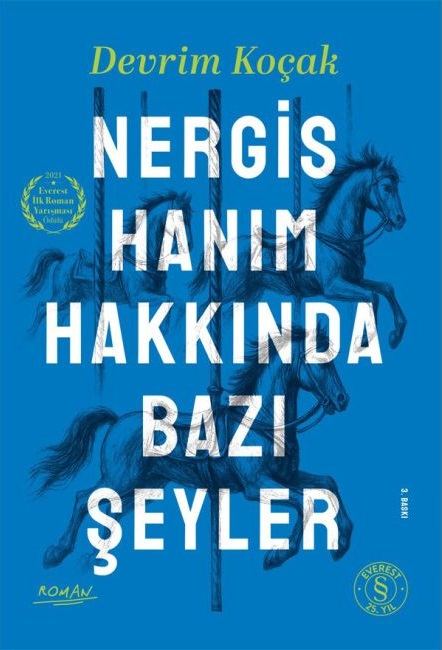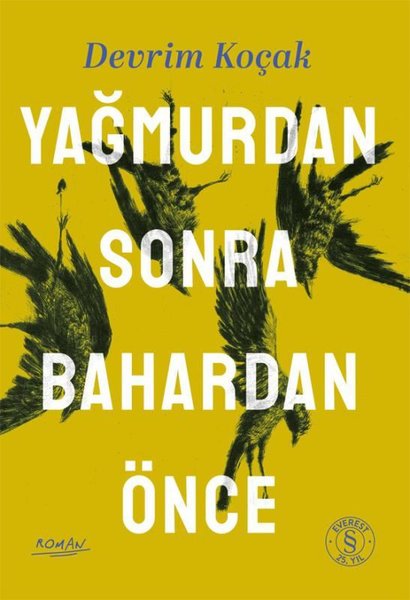What might Gregor Samsa’s transformation into an insect symbolically represent?
Gregor Samsa’s transformation into an insect is not merely a physical deformation, but a radical allegory of existential dissolution. This transformation carries a multifaceted meaning, both psychoanalytically and philosophically:
- The Bodily Manifestation of the Lacanian “Real”
Gregor’s insect body embodies Lacan’s concept of the “Real”: a traumatic excess that can never be fully grasped by the symbolic order (language, society, family).
Body-surplus: The loss of the human form renders Gregor’s social identity (worker, son, debt payer) impossible. The insect body is a grotesque manifestation of what cannot be represented within the symbolic order.
The Mirror Stage Collapse: For Lacan, the self is constituted through identification with the mirror image. Gregor, however, encounters an unrecognizable reflection: His body no longer reflects the imaginary totality.
- Freudian Superego and Castration Anxiety
The Father’s Symbolic Violence: Hermann Kafka’s deeming his son “inadequate” can be interpreted as the superego’s destructive influence on Gregor’s transformation into an insect. The father metaphorically “castrates” Gregor – he can no longer participate in either the family or society as a “man” (a productive individual).
Neurotic Guilt: Gregor feels unconscious guilt for being freed from the burden of providing for his family. His insect body embodies punished desire (the desire to be free).
- The Dissolution of Heideggerian “Being-in-the-World”
The Loss of Zuhandenheit: According to Heidegger, humans find meaning in the world through their practical relationship with tools (zuhanden). Gregor’s legs can no longer carry a salesperson’s bag – his instrumentality has vanished.
The Rejection of Das Man: The social “They” (das Man) sees Gregor as a “function.” His insect body is a denial of this collective identity. He is no longer a being who “cannot be-himself” (uneigentlich).
- The Kierkegaardian Paradox of Anxiety and Freedom
The Dialectic of Illness-Death: Gregor’s transformation embodies Kierkegaard’s concept of “deadly illness” (despair): “The unwillingness or inability to be oneself.”
The Irony of Freedom: Gregor is freed from the oppression of his family, but this freedom is trapped in the passivity of an insect. The “cage” metaphor in Kafka’s diaries reflects this double grip.
- A Reading of Deleuze-Guattari’s “Kafka: For a Minor Literature”
The Insect as a Desire-Machine: Gregor’s transformation is a resistance to the desire codes of the capitalist family. His body becomes a “flow” that shatters subjectivity.
Minorization: Gregor escapes the dominant codes, both linguistically and physically. Becoming an insect is a radical form of disidentification.
The Body is a Manifesto of Alienation
Gregor’s insect body:
A “nothing” thrown outside the symbolic order,
The collapse of modern man’s instrumentalized existence,
The undeniable yet unbearable burden of the Name-of-the-Father (Nom-du-Père).
With this transformation, Kafka asks the question:
“How can one endure living in a body alienated from oneself?”
The answer is the relief felt in Gregor’s last breath: death is the expression not of his final alienation, but of his final discovery.


